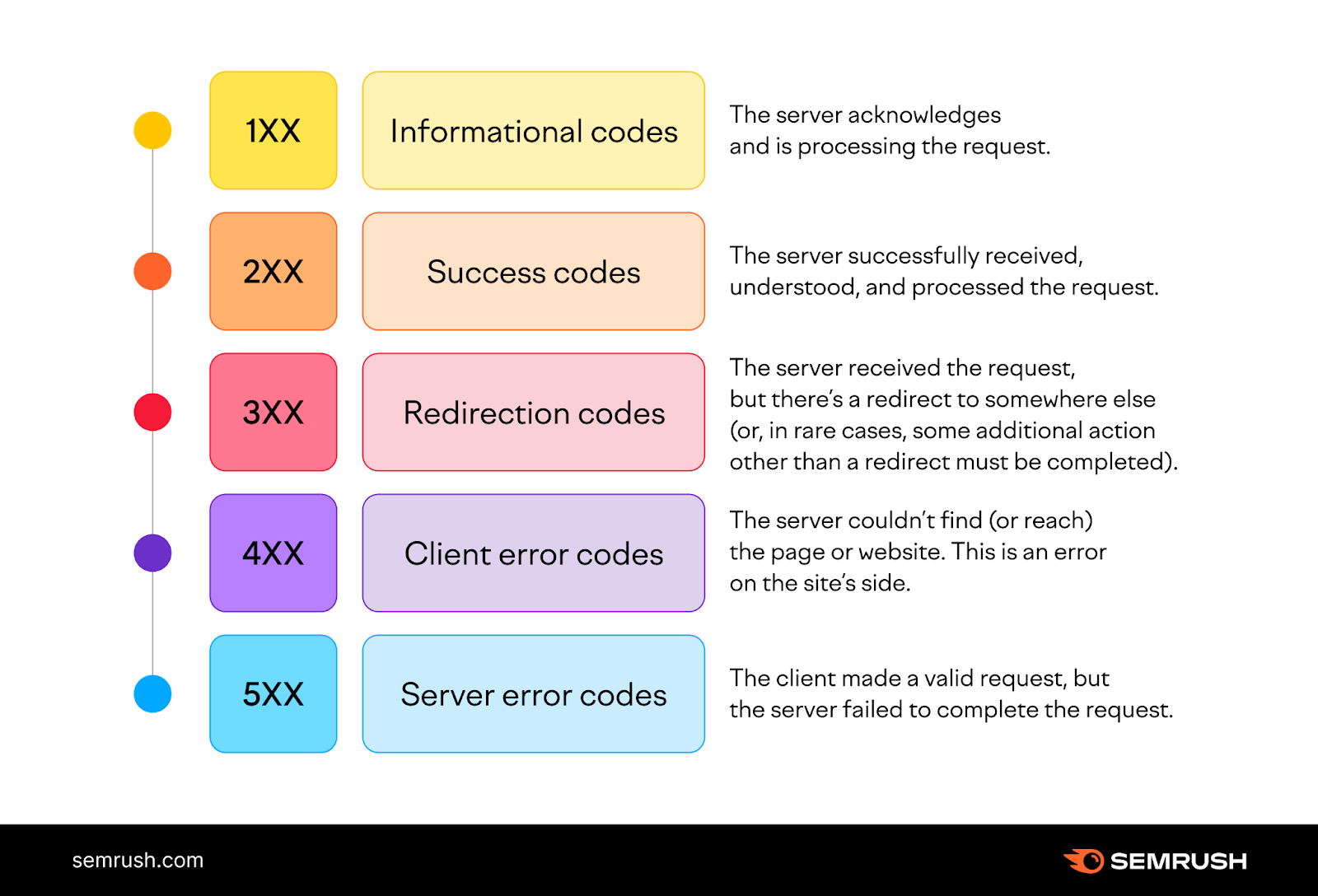You will surely agree that Google has progressed over the past 20 years, and it is mind-blowing whenever you think about it. Not long ago, users were entirely impartial to Bing, Yahoo, and others.
Those names have since faded into the periphery while Google has gotten better with relevant answers in no time. The ever-evolving SEO game has been dependent mainly on the Google algorithm’s smarts, and it has changed a lot over the past few years. One of the latest developments in semantic SEO. When you hear about the term, you would be wondering what it is and where it came from; well, hold your horses back as you can get all the details here.
The basics of semantic SEO
Ideally, the search engine optimization depends only on the unique keyword-focused algorithms, and then came some updates like Hummingbird knowledge as graph rank brain. These catalytic jumps came mainly from 2012 to 2021.
The knowledge graph was quite revolutionary in creating a mind map for Google to understand the links between words, and Hummingbird made it possible for Google to understand various search queries in terms of the complete meaning instead of just as a string of individual keywords.
It was also able to interpret the webpage’s overall topic instead of just scanning for some words. The context of these search terms is also judged against the current search histories, prioritising understanding users’ search intent better.
Basics about semantic SEO
Semantic SEO has its roots back in the areas of linguistics and logic. Additionally, semantics studies the meaning of language in terms of phrases, words, and sentences. While discussing the terminology might be a little tedious, the role of semantics in SSC has become quite crucial recently.
A semantic search is about understanding the meaning of the query instead of just looking at the little matches. It is all about understanding the user intent within a given context, sorting through billions of web pages, and then answering the query in the best possible manner. The results for the semantic search bring together the aggregated information from several websites to answer this query in detail.
How to optimize the content for semantic SEO
Google generally aims to respond to users’ questions with articles that contain the best possible information that adds value to the user’s query and then predictably answer the follow-up queries.
It knows humans are pretty curious, so they will teach you how to optimize your content for quality, and they also are picked up by Google’s radar. Firstly, you need to know the intent of your article or, in other words, which of the reader’s needs you would be answering with the report.
The intent falls into three categories: learn something by something or find something specific. The intent breakdown generally falls in 80% n percent n percent. The majority of the users are on the Internet with specific queries that they want answers to understand the questions your article is trying to answer.
Otherwise, the website wouldn’t convert, your bounce rate would be sky high, and above all, Google will end up penalising you for not bringing in what the readers want you to be.
Create good quality content
Generally, users do not jump on Google to get a digital encyclopaedia and go through the information. They generally want specifics, and the worst thing you would ever try to do is provide a short surface-level general overview of any subject.
Google knowledge panels and Wikipedia are already there on the search engine for this exact reason. The knowledge panel generally offers snippets of the general information pinned to the top of the search results, so a real or available info article is getting into the ring with Google.
Your article for the content piece must be chock full of long-tail keywords connected to the topic of interest. Google will pick up the quantity and quality of the semantically connected phrases that are peppered throughout your article and also enhance the relevance score of the article.
Google bots actively scroll through all the website pages to find the relevant match of the user’s search queries.
Long-form content is always better than short-form content for Semantic SEO.
It is pretty challenging to cover a topic in less than 300 words, so you should not waste your precious chance with a case of cat got your tongue when people arrive at your website.
Google surely doesn’t want the users to have a hop through the different pages to get the perfect answer. That would be like calling up a customer service helpline that would keep on redirecting the call to another department, and people will be nothing but frustrated with the service.
No one is limiting the time on the stage, so you can go on writing the pieces. As long as you want, you can write 2000 words to 2500 words in a bit to cover more ground and cast a more comprehensive safety net in answering several questions.
The longer answers can help you boost your lead conversion and drive organic traffic to your website, and when it comes to optimising the website for technical SEO, it is undoubtedly a great thing.
Enhance the relevance of your article by reverse fitting it to Google
It would be best if you looked at what comes up in the Google drop-down search bar, and it will give you the ideas for semantically related phrases that you can tie the article in. It also gives you a better understanding of the target audience’s interests.
The Google drop-down list will help you understand the user’s interests. Collectively these can guide you on what you cover in the peace and give you a mind map of the long-tail keywords and the kinds of medium tail keywords that you need to use. Also, a professional seo service can help you out discovering new keywords for your better ranking.
Hence there is an opportunity to delve deeper into the topics so that you can rank well as a specialist article covering a particular niche topic. You can also feature it as an informational snippet. Above all, you should always consider using structured markup and semantic tags in the content.







